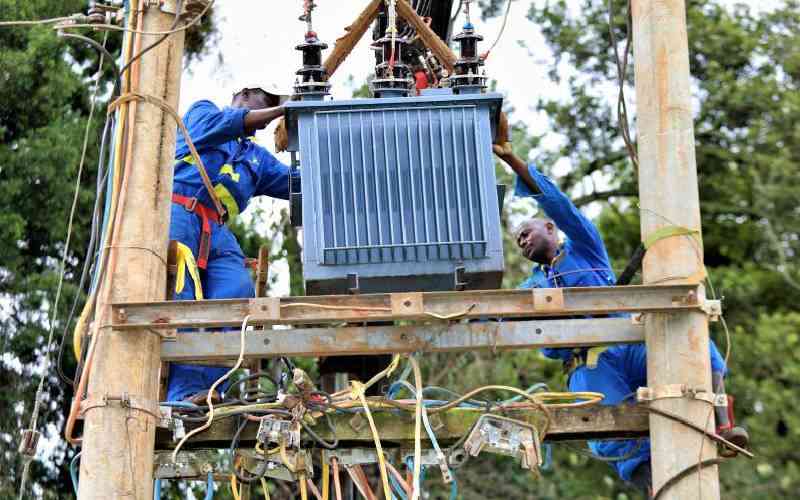×
The Standard e-Paper
Home To Bold Columnists

The International Monetary Fund (IMF) has opposed further extension of the cheap Kenya Power electricity subsidy that cost the taxpayers Sh26 billion over a one-year period since January.
This comes as President William Ruto faces the dilemma of whether to retain the cheap electricity subsidy placed by his predecessor Uhuru Kenyatta that expires at the end of this month.